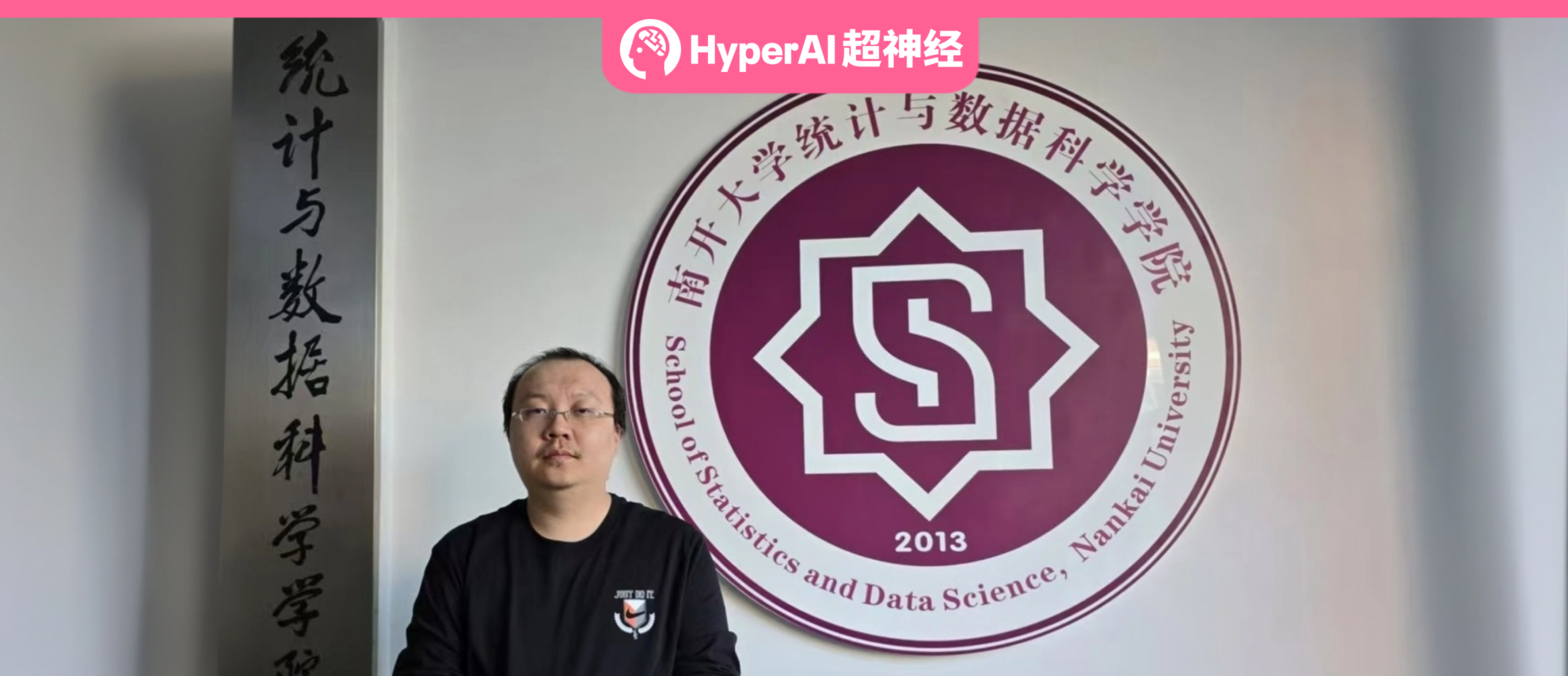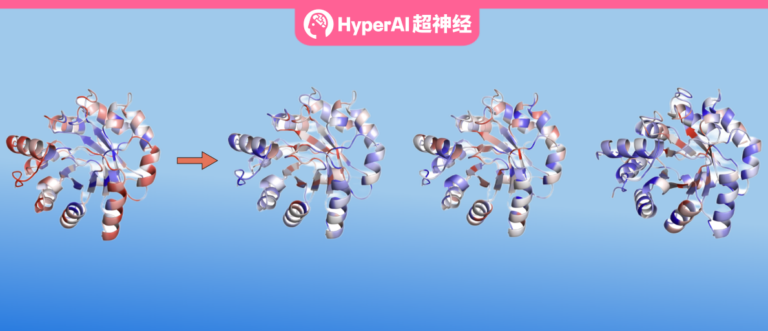Professor Zheng Wei from Nankai University analyzed the current development trends in the field of protein structure prediction.

Xu Zhengtong, a doctoral student at Purdue University, shared the two major scientific research results of LeTac-MPC and UniT and their research technical routes under the topic of "Data-Efficient Tactile Representation for Robot Learning".

Stanford team predicts global warming with more accurate predictions using artificial intelligence convolutional neural network system

Review of high-impact events in the AI4S field in 2024, including policies of multiple countries, scientific research breakthroughs, pioneers, corporate layout, etc.

Biotechnology company E11 Bio has launched PRISM technology, which expands whole-brain connectomics research to more complex mammalian brains such as mice, providing possibilities for future exploration of the human brain.

Research teams from UC Berkeley and other institutions proposed a multimodal protein generation method, PLAID, to further explore the structure and composition of proteins. The relevant research results were also forwarded by the "AI Godfather" Yang Likun.

TactEdge sensors can give robots a more refined sense of touch and promote the development of future embodied intelligence.

Huazhong University of Science and Technology proposed a medical image segmentation model M2CF-Net to more accurately diagnose Sjögren's syndrome

Chemify has developed the world's first "chemical Turing machine" and the world's first chemical compiler, and is committed to promoting the digitalization of chemistry.

AI Subverts Materials Chemistry, Summarizing the Most Noteworthy Scientific Research Results in 2024
Summary of 26 AI+materials chemistry papers

A research team from the University of California, Los Angeles has proposed a self-supervised deep learning method that can significantly improve the quality of three-dimensional reconstruction of biological macromolecules.

The fifth episode of the Meet AI4S live series invited Dr. Wang Zeyuan from the Knowledge Engine Laboratory of Zhejiang University to share his papers and related research.

The School of Earth Sciences of Zhejiang University proposed a geographic neural network weighted regression model with enhanced interpretability (EI-GNNWR) to help analyze geographic data of the Qinghai-Tibet Plateau.

Online Tutorial: 10 Seconds to Produce a Picture! Tencent's First 3D Generated Large Model Is Online
Tencent Hunyuan 3D generative model is now online!

Enveda draws inspiration from nature and combines AI technology to develop drugs from natural products (plants, microorganisms).

Google proposed PDFM, which uses machine learning to integrate available geospatial data worldwide and expand the capabilities of geospatial models.

Shanghai Jiao Tong University, Shanghai AI Lab and others have jointly developed a new protein mutant design model PRIME, which has better prediction effects in protein mutations and other aspects.

Tsinghua University, in collaboration with several universities in China and abroad, has proposed an active learning framework that can more efficiently identify high-entropy oxides.












